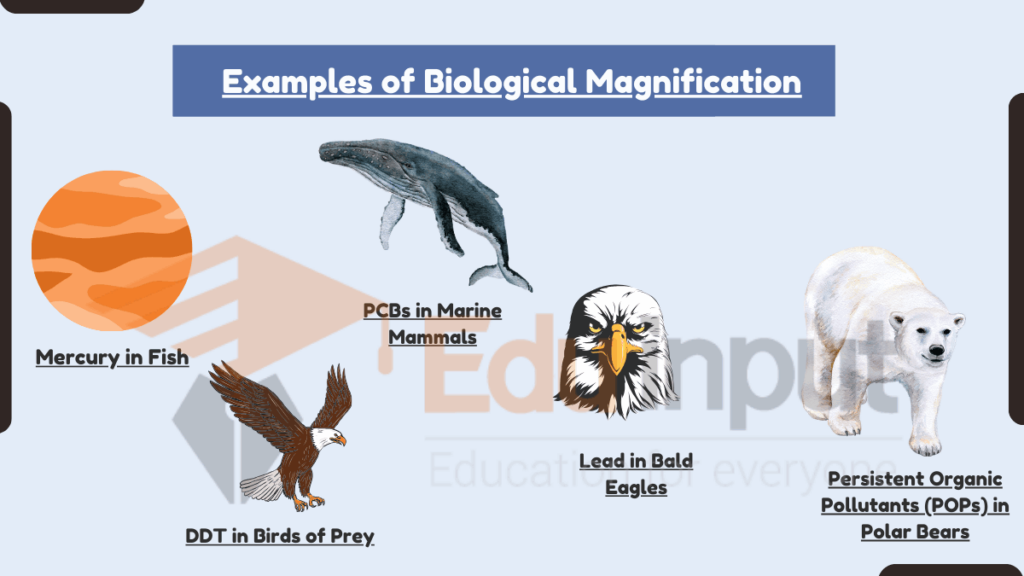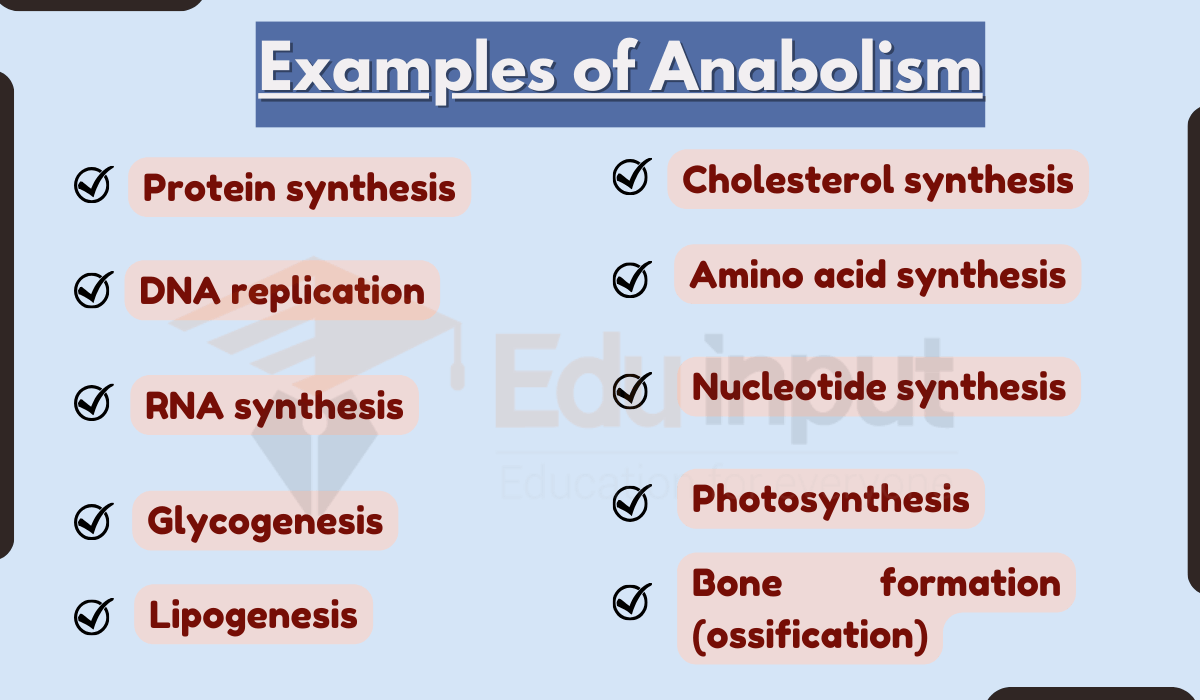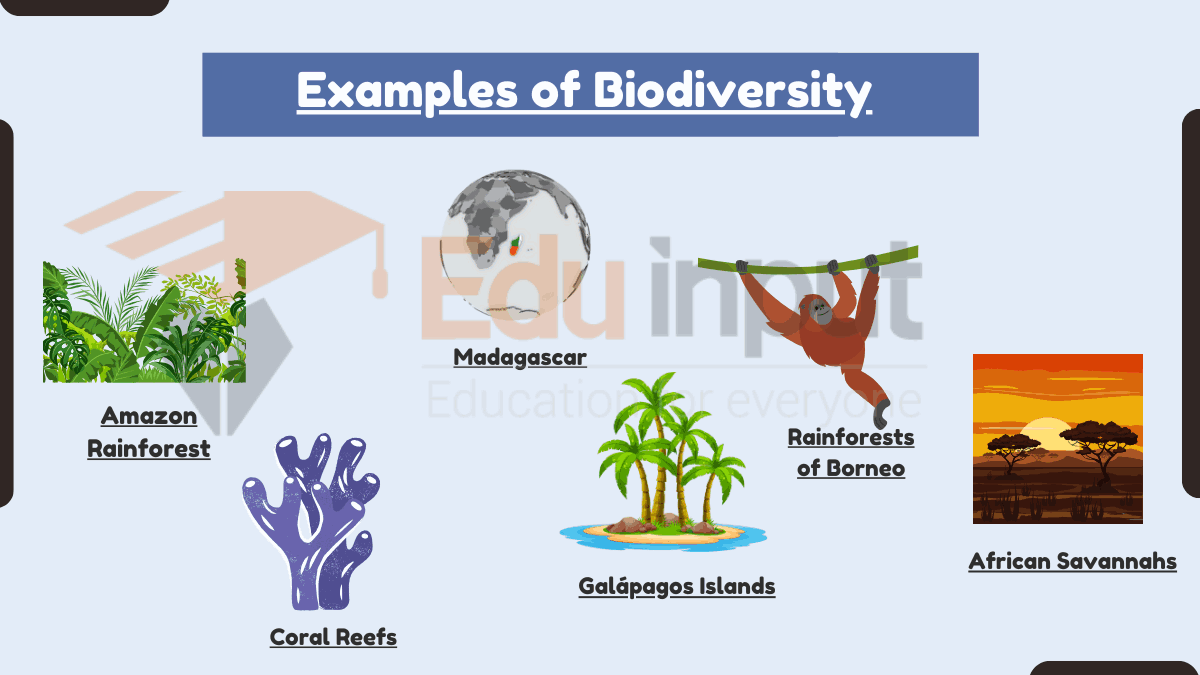5 Examples of Biological Magnification
Biological magnification is a phenomenon in which the concentration of certain substances, typically pollutants or toxins, increases along the food chain as organisms consume other organisms.
Accumulation of Mercury in Fish, DDT in Birds of Prey, PCBs in Marine Mammals, and Lead in Bald Eagles are a few examples of biomagnification.

Examples of Biological Magnification
Here are 5 examples of biological magnification:
1: Mercury in Fish
One example of biological magnification is the accumulation of mercury in a fish’s body. Mercury, often released into water bodies from industrial sources, can accumulate in aquatic organisms. Small fish consume mercury-contaminated plankton, and larger fish then consume these smaller fish.
As a result, large predatory fish like sharks and swordfish can have dangerously high levels of mercury, posing health risks to humans who consume them.
2: DDT in Birds of Prey
DDT (dichlorodiphenyltrichloroethane) is a pesticide that, when sprayed on crops, can enter the food chain. In some cases, DDT is consumed by insects, which are then eaten by birds of prey.
DDT accumulates in these birds, causing thinning of their eggshells and leading to declines in populations of raptors like eagles and falcons.
3: PCBs in Marine Mammals
Polychlorinated biphenyls (PCBs) are used in electrical equipment and can leach into the environment. PCBs can accumulate in the fatty tissues of marine animals.
Large marine mammals like seals and whales, being at the top of the oceanic food chain, can have high levels of PCBs, which can harm their health and reproduction.
4: Lead in Bald Eagles
Lead ammunition used in hunting can fragment upon impact, leading to lead exposure in scavengers like bald eagles. When eagles consume lead-contaminated prey, the lead accumulates in their bodies, causing lead poisoning, which can be fatal.
5: Persistent Organic Pollutants (POPs) in Polar Bears
Polar bears are at the top of the Arctic food chain. Persistent organic pollutants (POPs), including chemicals like pesticides and industrial byproducts, can travel long distances through air and water and accumulate in the Arctic region.
Polar bears, which primarily feed on seals, can accumulate high levels of these toxins, potentially impacting their health and reproduction.

 written by
written by 




Leave a Reply